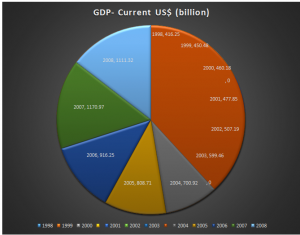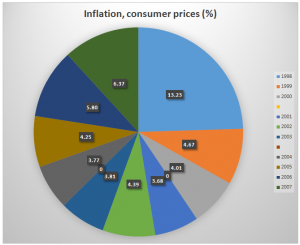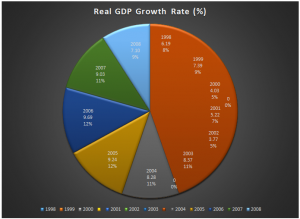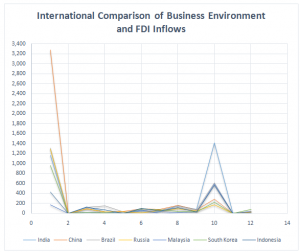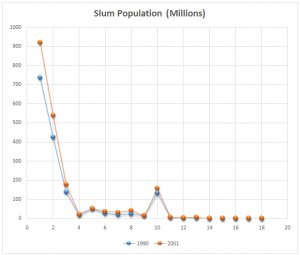Dharavi Developing Asia’s Largest Slum (A) Case Study Solution
Beside these facilities, the government has also provided a number of other additional facilities related to the project for the convenience of the stakeholders so that the expected resistance from themcould be reduced toa significant level,such as at the time of initial planning, it was said that none building would exceed the range of number of floors more than the seven, but in the revised assessment, the maximum height of building has reached from seven floors to thirteen floors. Similarly, the private developers have also provided a very attractive solution regarding different businesses activities for the residents of Dharavi, but despite of all these advancements, the project is still facing a number of issues in the course of its execution.
Risk Analysis:
Some risks associated with this project are related to the controversy regarding the provision of the reformation to the existing families in Dharavi. The results came from the initial socio economic survey which was commissioned by the SRA in the year 2004 and remained incomplete. Moreover, the private developers decided that after awarding the full contracts, they would complete the whole process of the project. Initially, the aim of the project was to rehabilitate around 57,000 families, which was also considered the low figure for this project and was revised up to the 90,000 families that are currently living in the surroundings of Dharavi.(LAKSHMI IYER, 2011).
In the year 2007, MASHAL was appointed by SRO which works as a non for profit organization for the purpose of undertaking the revised baseline survey on socio economic for all slums dwellers and business owners in the surroundings of Dharavi. In the mid-year of 2009, a non for profit organization, MASHAL’s survey identified that around 59,165 slums dwelling units can be rehabilitated, which included 2,180 slums commercial units for those people who were living outside but nearby Dharavi and had chances to get affected by the Dharavi Redevelopment Project (DRP).
More risks are associated with the free housing of around 300 square feet per family and with option available to purchase the 200 square feet at its construction cost. More of it, the disagreement over the height allowed and the land prices would be around 7,000 Indian Rupee per square feet and for the neighboring Sion area, the price would be 12,000 Indian Rupee per square feet.
More risk associated with the rapid increase in the land prices from previous two years. If the growth in land prices start to decline due to some political and economic reasons, then the adverse impact will be on the private developer’s overall profits. In the previous year, almost 25 percent decrease in the real estate prices has been recorded.
Government floor prices for the bidder’s premium is around 450 Indian Rupee per square feet for slum rehabilitation as well as for the workshop purpose, which might adversely impact the total profitability of private developers.
Recommendation:
After the detailed and critical analysis on the prevailing problems for Dharavi Redevelopment Project (DRP), wehave reached to the conclusion, which is followed by the recommendation to make an independent committee for DRP, which would be responsible to report directly and independently to the executives of different states of the country.
The existing government need to maintain an independent committee thatshould be free from all political and bureaucratic influences,in order to increase the efficiency and the execution of Dharavi Redevelopment Project (DRP) with the collaboration of private sector enterprises.
In order to maintain the successful execution of the DR project, the independent committee should be consisted upon the members of different private sector organizations in order to maintain the influence free decision making process that should be based only on the knowledgeable and unbiased decisions along with the competency to complete the DR project without the influence of government bodies.
The establishment of independent committee will lead towards a decrease in fear of the upcoming elections, which would be helpful for the private developers to execute the DR project on timely basis. The independent committee should be provided with all types of support form different government bodies and departments, after detailed monitoring of the project by an independent monitoring body or team, which must be established only for the purpose of successfully executing the Dharavi Redevelopment Project (DRP).
The commission should split the general project into three stages. In the first phase it should settle down all the matters with the government and establish a well-defined regulatory framework for the project. This will assist the commission to function separately and will also identify its members ' span of power. The commission should deal with all the companies involved in the second stage.The commission should address all the business-related problems as well as some other household complaints. It should work together with the current local NGOs set-up to resolve these issues. In the third and final stage of the project execution, the Committee should address all the environmental issues linked to Dharavi residents’ companies and other operations. It should also take assistance of NGOs in executing these stages successfully.
Exhibit 1: GDP in Current United States Dollars (billions)
Exhibit 2: Inflation and Consumer Prices (%)
Exhibit 3: Real GDP Growth Rate (%)
Exhibit 4: International Comparison of Business Environment and FDI Inflows
Exhibit 5: Slum Population (Millions)
This is just a sample partical work. Please place the order on the website to get your own originally done case solution.

